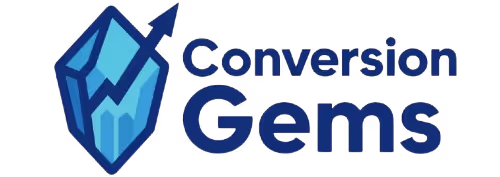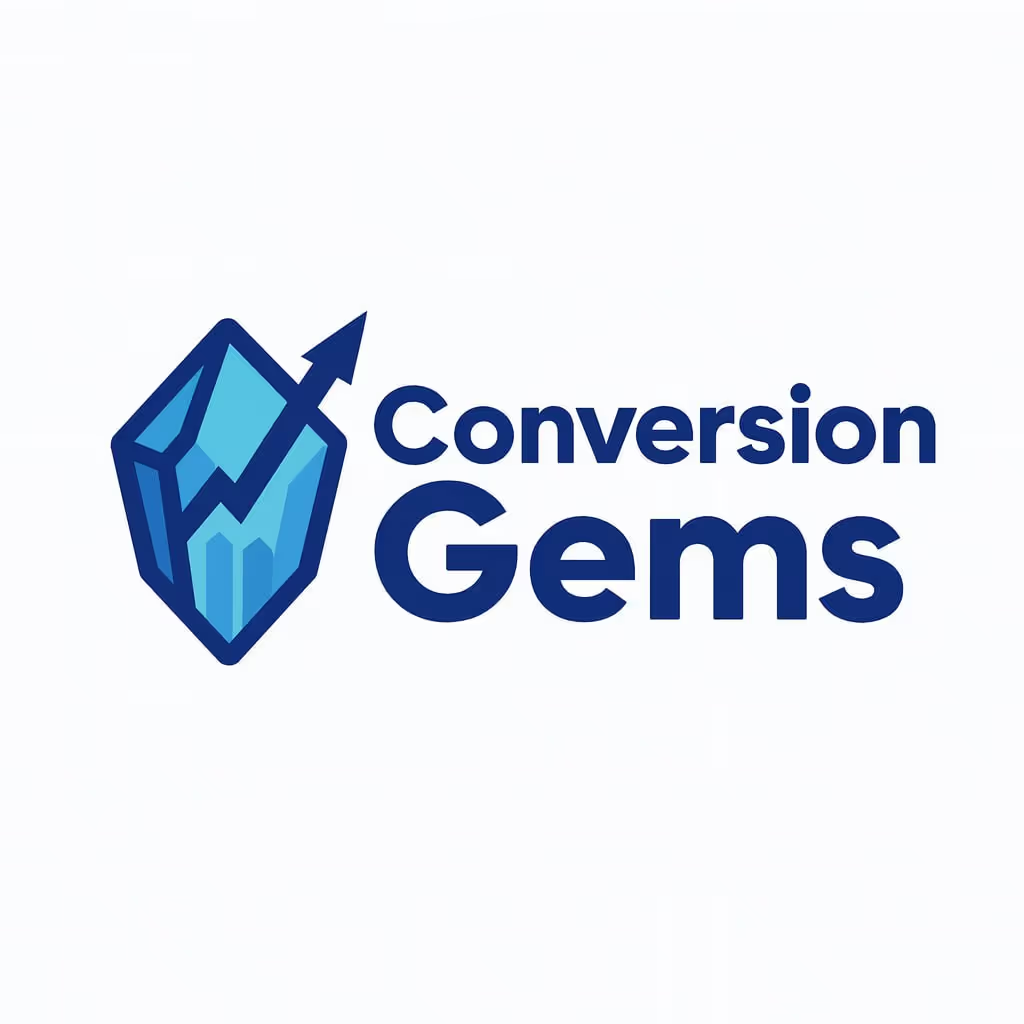Tool Insights
Home > Tools > Tool Details
Leonardo AI
Description
Leonardo's power extends beyond our revolutionary tools — we are anchored in one of the largest and most supportive AI communities worldwide, and we're deeply committed to it.
Leonardo AI is designed for creative professionals and businesses who need branded, repeatable visuals. It offers custom model training, image-to-image, and inpainting, making it a favorite for ecommerce and marketing.
Key Applications
- AI-Powered Asset Generation for Game & App Development: Specializes in creating high-quality, production-ready assets like textures, concept art, and UI elements using fine-tuned models.
- Custom AI Model Training (Fine-Tuning): Allows users to train their own models on specific datasets (e.g., a character style, product photos) to generate unique, on-brand visuals.
- Rapid Creative Prototyping & Ideation: Enables artists and designers to quickly iterate on visual concepts, from environments and characters to marketing materials, using a vast library of pre-trained models.
- Specific Workflow: A game developer uses a pre-trained "Pixel Art" model to generate sprite concepts, then fine-tunes a model on their main character to ensure consistent asset generation throughout the game.
Who It’s For
This platform is built for game developers, professional artists, and creative studios that require high-volume, style-consistent, and commercially viable AI art. It solves the problem of asset creation bottlenecks in creative pipelines by providing a powerful tool for both inspiration and production. The primary buyer persona is a Game Art Director or Indie Developer who needs granular control over style and the ability to create a cohesive visual world.
Pros & Cons
How It Compares
- Versus Midjourney: Leonardo AI wins on asset generation speed, model fine-tuning, and a focus on commercial/production workflows, whereas Midjourney excels at artistic exploration and a distinct, high-quality aesthetic.
- Versus DreamStudio: It differentiates with a more artist-friendly interface, a richer set of pre-trained models, and powerful fine-tuning capabilities, while DreamStudio offers a more raw, parameter-driven experience of Stable Diffusion.
- Versus Stable Diffusion web UIs: Its competitive advantage is a managed, user-friendly platform that combines ease of use with the power of model training, eliminating local hardware setup.
Bullet Point Features
- Library of fine-tuned, production-ready AI models
- User-driven model training on custom datasets
- Real-time canvas for generation and editing
- Asset generation with transparent backgrounds
- Advanced control over dimensions, guidance, and tiling
Disclosure
All product names, logos and brands are property of their respective owners. Use is for educational and informational purposes only and does not imply endorsement. Links are to third-party sites not affiliated with Barndoor AI. Please see our Terms & Conditions for additional information.

.avif)

.avif)




